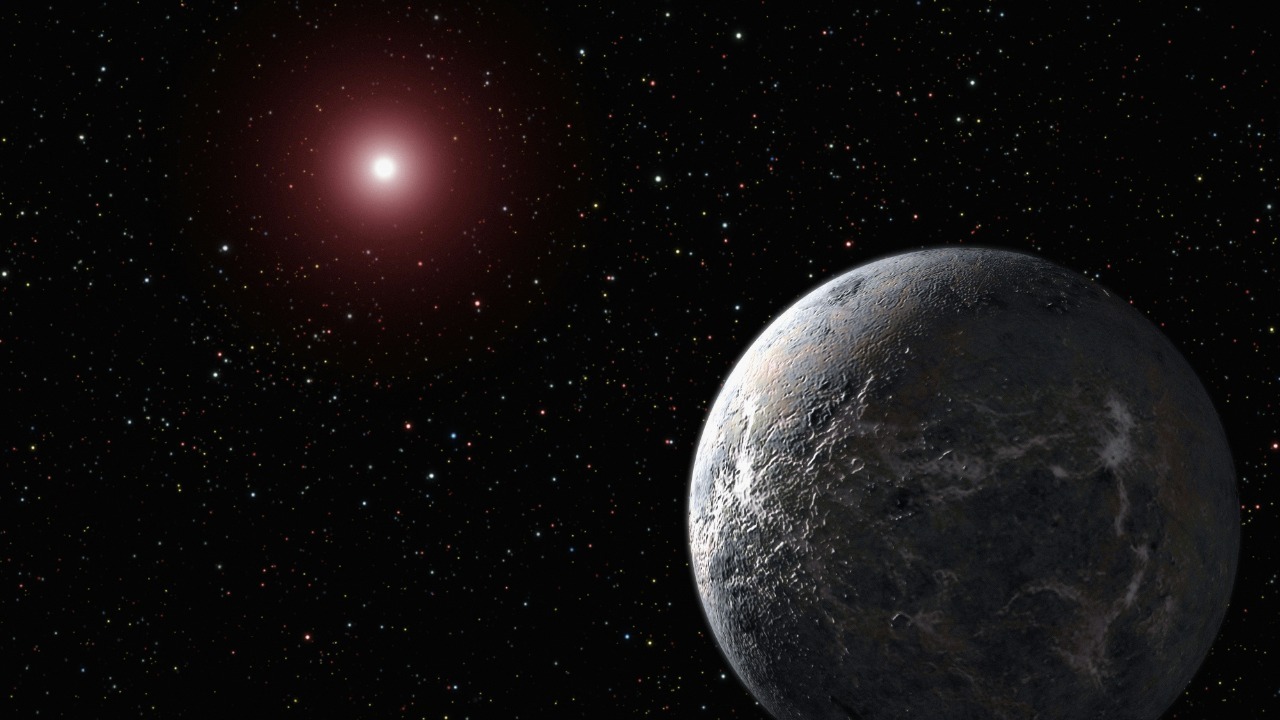
Scientists have recently focused their telescopes on a mysterious planet drifting through space, a discovery that has captured the imagination of astronomers worldwide. This Jupiter-like wanderer, observed on March 24, 2025, is traveling alone beyond any star system, raising questions about its origins and characteristics. In a stunning development, the James Webb Space Telescope observed auroras on this isolated planet in October 2025, providing evidence of atmospheric activity despite its solitary journey.
Discovery of the Drifting Planet
The initial detection of this rogue planet, reported by Wired, highlighted its unique status as a celestial body without a host star. This discovery has intrigued scientists, who have been scanning the planet to understand its nature and trajectory. The planet’s massive size and gaseous composition draw comparisons to Jupiter, suggesting it might share similar formation processes. The significance of its wandering path through interstellar space lies in its potential to reveal insights into planetary formation and migration.
Characterized by its Jupiter-like features, the planet’s massive size and gaseous nature were key observations reported in March 2025. These characteristics suggest that the planet might have formed in a similar manner to Jupiter, possibly being ejected from its original star system. The implications of such a discovery extend to our understanding of planetary systems and the dynamics that can lead to a planet becoming a rogue wanderer.
The planet’s solitary journey through space challenges existing theories about planetary formation and stability. As noted by Wired, the planet’s rogue status raises questions about how many such planets might exist and what their presence means for our understanding of the universe. This discovery opens new avenues for research into the life cycles of planets and the forces that can disrupt their orbits.
James Webb Telescope Revelations
The James Webb Space Telescope’s observations of auroras on the drifting planet have stunned astronomers, as reported by Futura Sciences. These auroras indicate unexpected magnetic and atmospheric dynamics on a planet isolated from stellar influence. The presence of auroras suggests that the planet might have an internal magnetic field, which is surprising given its lack of proximity to a star.
The technical aspects of the telescope’s imaging capabilities allowed scientists to capture these auroras, providing a rare glimpse into the atmospheric conditions of a rogue planet. This discovery highlights the advanced capabilities of the James Webb Space Telescope and its potential to uncover new phenomena in distant celestial bodies. The implications of these findings are significant, as they suggest that even isolated planets can exhibit complex atmospheric behaviors.
These observations challenge existing models of planetary atmospheres, particularly for rogue planets. The presence of auroras on a planet without a nearby star suggests that internal processes, such as residual heat or magnetic activity, might play a more significant role than previously thought. This revelation could lead to a reevaluation of how scientists understand the atmospheres of gas giants and their potential for hosting life.
Comparing to Jupiter’s Early History
Jupiter’s role in shaping the solar system provides a fascinating context for understanding the drifting planet’s characteristics. According to Mashable, Jupiter was twice its current size during its formative years, influencing the orbits and compositions of other planets. This historical perspective offers insights into how gas giants like Jupiter and the rogue planet might have formed and evolved.
Jupiter’s early history, marked by its massive size and gravitational influence, parallels the characteristics observed in the drifting planet. The similarities between the two suggest that the rogue planet might have undergone a similar growth phase before being ejected from its original system. Understanding Jupiter’s formative stage helps scientists draw parallels with the drifting planet, offering clues about its past and potential future.
The comparison between Jupiter and the rogue planet underscores the importance of studying gas giants to comprehend planetary formation and evolution. By examining Jupiter’s early history, scientists can develop models to explain the processes that lead to the creation and ejection of planets from their star systems. This knowledge is crucial for predicting the behavior of similar planets in other parts of the universe.
Implications for Rogue Planets
The discovery of auroras on the drifting planet suggests potential habitability or internal heat sources, as highlighted by the James Webb findings. These auroras indicate that the planet might possess a magnetic field and atmospheric dynamics that could support life or other complex processes. This revelation opens new possibilities for understanding the conditions necessary for life beyond our solar system.
Broader insights into rogue planets, informed by the initial scanning reported by Wired, suggest that these celestial bodies might be more common than previously thought. The presence of such planets challenges existing models of planetary systems and raises questions about the frequency and conditions under which planets are ejected from their star systems.
The planet’s Jupiter-like traits provide valuable information about gas giant formation and ejection from solar systems. By studying these characteristics, scientists can better understand the processes that lead to the creation of rogue planets and their potential impact on the universe. This knowledge is essential for developing comprehensive models of planetary formation and evolution, which can inform future explorations and discoveries.